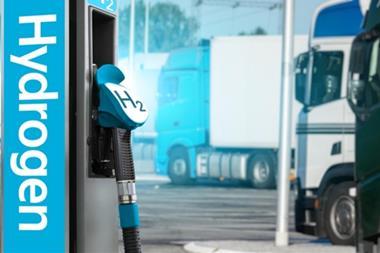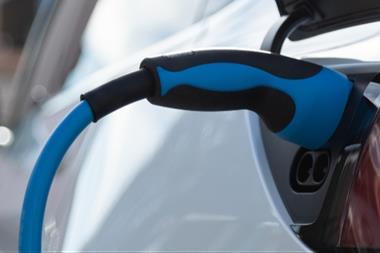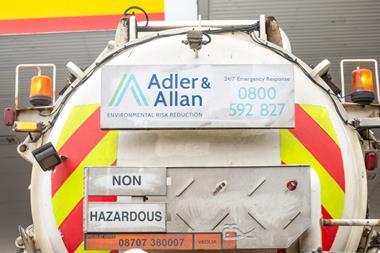The European passenger car AdBlue pump network has more than doubled since 2017 and is likely to quadruple by 2025, according to research by commodity news and price reporting agency Argus.
AdBlue has been required in most new diesel cars and vans in Europe since 2016, and new diesel vehicles require AdBlue from September 2019, following the introduction of the Real Driving Emissions regulation, which involves testing exhaust emissions on the road in real life conditions.
Diesel engines emit on average a quarter less CO2 than gasoline engines and, using AdBlue, only small amounts of NOx. More than 16 million cars and vans in the EU used AdBlue as of June, and Argus forecasts this to rise to over 45 million vehicles by 2025.
Bottled AdBlue is much more expensive than the pumped equivalent at about €2-3 per litre compared with €0.50-1 per litre, and drivers’ associations such as the AA and ADAC in Germany are encouraging drivers to search for pumps as the cheapest and most convenient way to refill their tanks.
Some car drivers have resorted to using AdBlue pumps intended for trucks. They have higher flow rates, and some car manufacturers have warned that these can damage smaller AdBlue tanks and advise against using them for cars.
To meet demand, filling station owners are now accelerating the installation of AdBlue pumps designed specifically for the smaller AdBlue tanks in cars. AdBlue passenger car pumps can be found at more than 900 sites across Europe. With growing demand for AdBlue from car drivers, Argus forecasts indicate that the European car pump network will grow to 3,400 locations by 2025, up by around 250% from the almost 1,000 stations expected to be in operation by the end of 2019.
UK pump locations are expected to soar from just 13 sites in 2018 to almost 500 by 2025, because of the comparatively large diesel light vehicle fleet.
Argus says the ultimate size of the AdBlue pump network for cars in Europe will depend on the future of diesel engines in cars and vans. It explains that more than 3,000 locations may seem a large number, but it represents less than 3% of the total European filling station network, which stands at about 130,000 locations. It is also much lower than the more than 9,000 stations that have AdBlue truck pumps.
It adds that for cars meeting the latest Real Driving Emissions standards, many drivers will need to refill their AdBlue tanks four or more times each year, creating demand to support the investment required to expand the pump network.
“The introduction of the Real Driving Emissions regulation has changed the outlook for diesel-fuelled vehicles and will transform the European filling station network, according to Argus research,” Argus Media chairman and chief executive Adrian Binks said. “The implications for filling station owners and drivers are far-reaching.”


























No comments yet